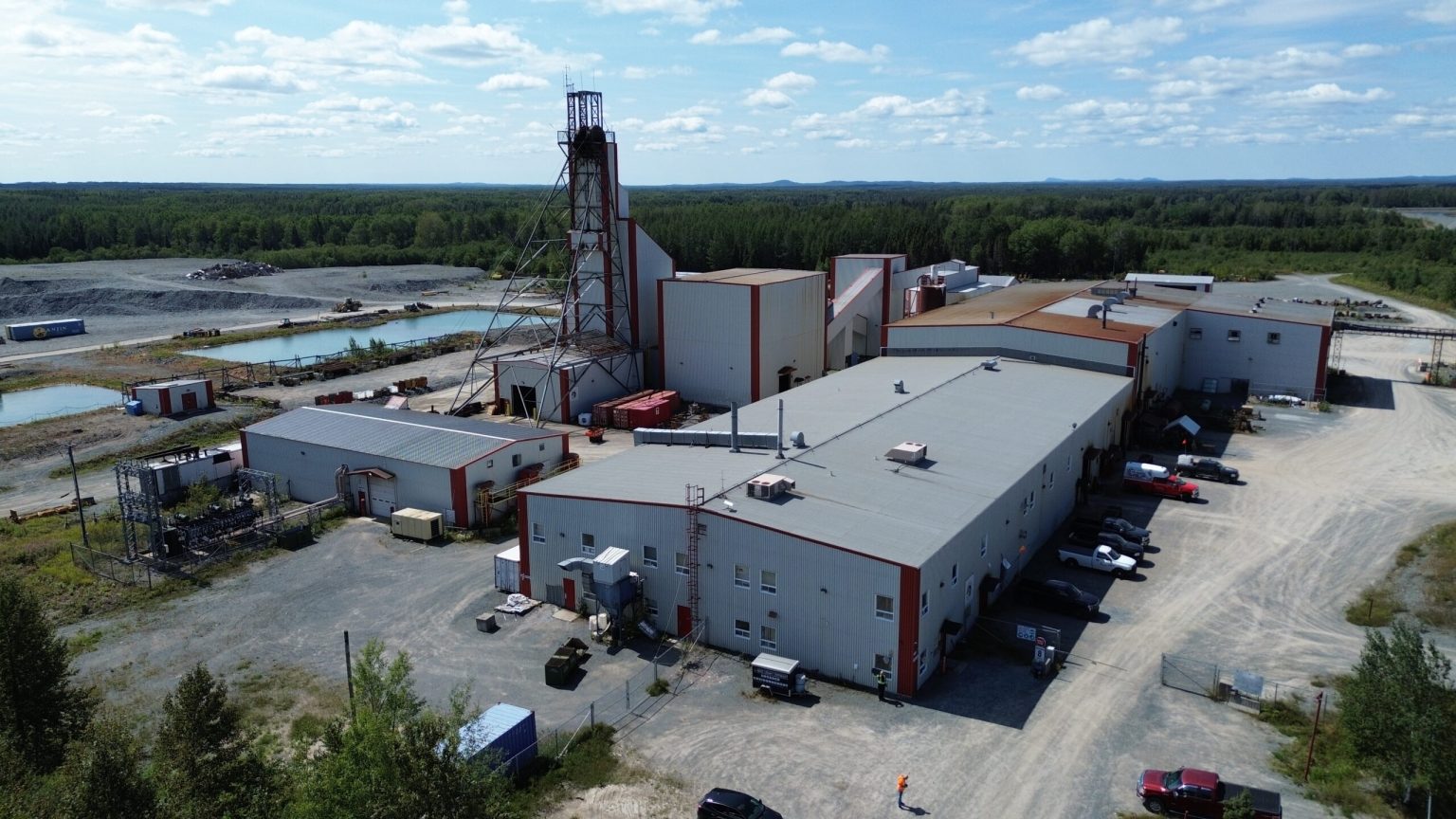Quebec’s Sleeping Giant Mine Awakens with First Gold Pour, Marking Abcourt’s Producer Status
Abcourt Mines achieved a significant milestone last Thursday with its first gold pour at the Sleeping Giant Mine in Quebec, marking the company’s transformation from explorer to producer. This achievement represents years of development work and positions the company to capitalize on current strong gold prices.
“We started our first gold pour last week in Quebec, Sleeping Giant Mi
...
Quebec’s Sleeping Giant Mine Awakens with First Gold Pour, Marking Abcourt’s Producer Status
Abcourt Mines achieved a significant milestone last Thursday with its first gold pour at the Sleeping Giant Mine in Quebec, marking the company’s transformation from explorer to producer. This achievement represents years of development work and positions the company to capitalize on current strong gold prices.
“We started our first gold pour last week in Quebec, Sleeping Giant Mine,” said Pascal Hamelin, President and CEO of Abcourt Mines, during his presentation at the Denver Gold Forum. “So we’re going to get the cash flow up and running and working on growing the company through operating and producing and selling gold.”
The company has outlined an ambitious production roadmap, aiming to scale from zero to 30,000 ounces annually within 18 months. This gradual ramp-up will progress from 1,000 ounces monthly to eventually reaching 3,000 ounces per month.
What’s particularly notable is that this target represents just 45% of the mill’s total capacity. At full capacity, the facility could theoretically support 60,000-70,000 ounces annually, providing significant room for expansion as the company develops additional mining fronts.
The Sleeping Giant Mine sits on a solid resource foundation, with 180,000 ounces in the indicated category and over 240,000 ounces inferred, totaling more than 400,000 ounces. Hamelin suggested that internal estimates point to potential resource expansion through ongoing definition drilling.
Rather than waiting for extensive resource delineation before commencing production, Abcourt prioritized getting operations running to generate cash flow. This strategy received validation from independent consulting firms during a month-long technical due diligence process in May.
“We had very high-end consulting firms that came to site, the technical DD took a month, and the conclusion was the same as us. Get it going,” Hamelin noted.
Beyond the Sleeping Giant operation, Abcourt has identified a promising exploration opportunity at its Flordin project. The 2024 discovery revealed a vein measuring 300 meters long by over 10 meters wide, with drilling confirming continuity to 400 meters depth.
“It’s a disseminated gold associated with pyrite. It’s pretty good, it’s just a matter of drilling it,” explained Hamelin.
The Flordin project benefits from minimal overburden, requiring only 2 meters of dirt removal to access the vein at surface. Geophysical surveys suggest the vein could extend up to 2 kilometers in length, indicating substantial exploration potential. The company plans to expose the vein along strike and conduct systematic channel sampling before proceeding with comprehensive drilling programs.
Development timelines for Flordin appear manageable, with Hamelin projecting a four to five-year path to operational status. The proximity to existing infrastructure could reduce development costs and complexity.
From an economic perspective, Abcourt’s cost structure positions the company favorably in the current gold price environment. All-in sustaining costs are projected at $1,600 USD per ounce, providing substantial margins with gold prices exceeding $3,600 per ounce. Monthly operating costs of approximately $4 million create a relatively low breakeven threshold for cash flow generation.
The company maintains lean corporate overhead, with Hamelin emphasizing the intention to preserve operational efficiency. This approach maximizes cash flow generation and provides flexibility for reinvestment in growth initiatives.
With a large share count approaching one billion shares, Abcourt faces decisions regarding capital allocation strategies. Hamelin outlined plans for eventual share buybacks rather than dividends, citing tax efficiency benefits for European investors who would face double taxation on dividend payments.
“At one point we’re going to do share buyback. The share buyback is better for the shareholders,” he stated.
The company’s current drilling program operates at 2,200 meters per month, with plans to add a third underground drill rig. The goal involves maintaining two years of solid mine planning while conducting expansion drilling to extend mine life and identify additional resources.
Abcourt maintains a portfolio of 15 projects within trucking distance of the Sleeping Giant mill, providing optionality for future development. Key assets include the Cameron Shear project (50% ownership) and the Discovery deposit (100% owned), both located in the same geological shear zone as Flordin.
The company enters production at an opportune time, with the gold mining sector benefiting from sustained precious metals price strength driven by global monetary policy uncertainty, inflation hedging demand, and geopolitical tensions. Small-scale, high-grade operations like Sleeping Giant stand to benefit disproportionately from elevated gold prices due to their lower capital intensity and operational leverage.
Quebec’s mining-friendly jurisdiction offers regulatory stability and skilled labor availability, supporting operational consistency as Abcourt transitions from development to becoming an established gold producer in one of Canada’s premier mining regions.


